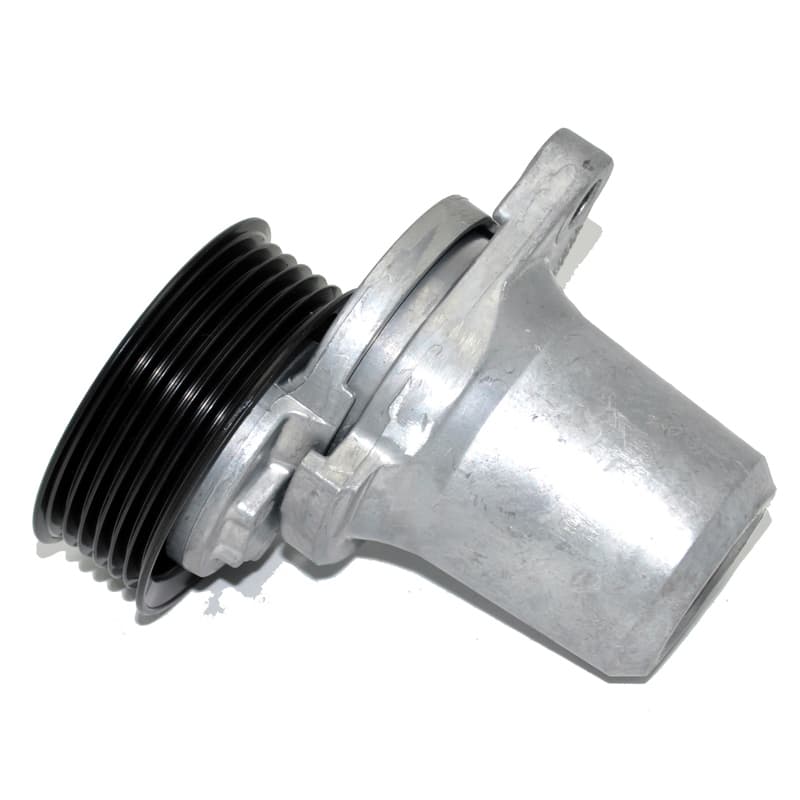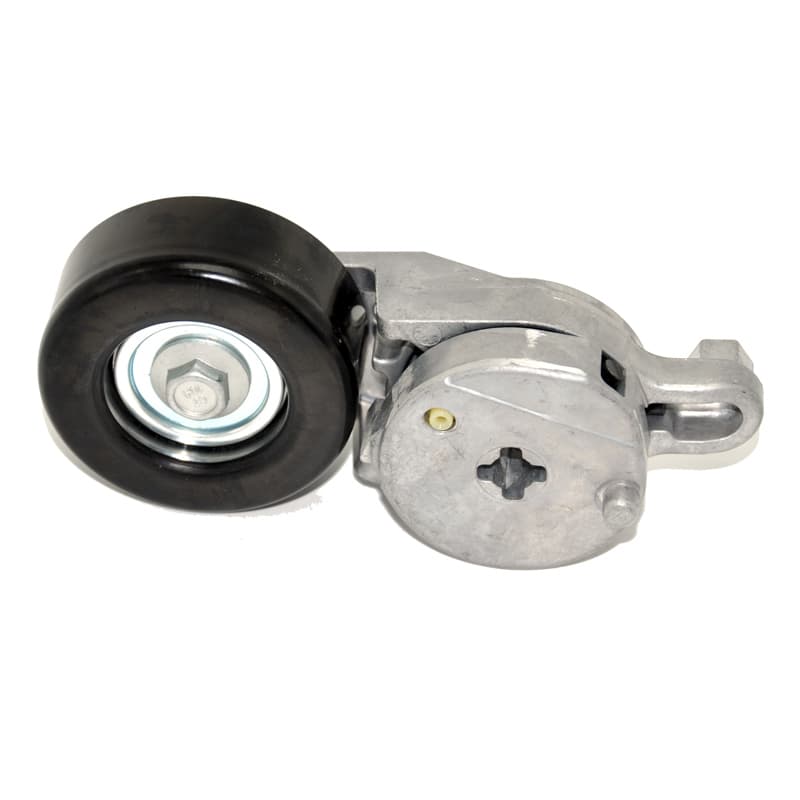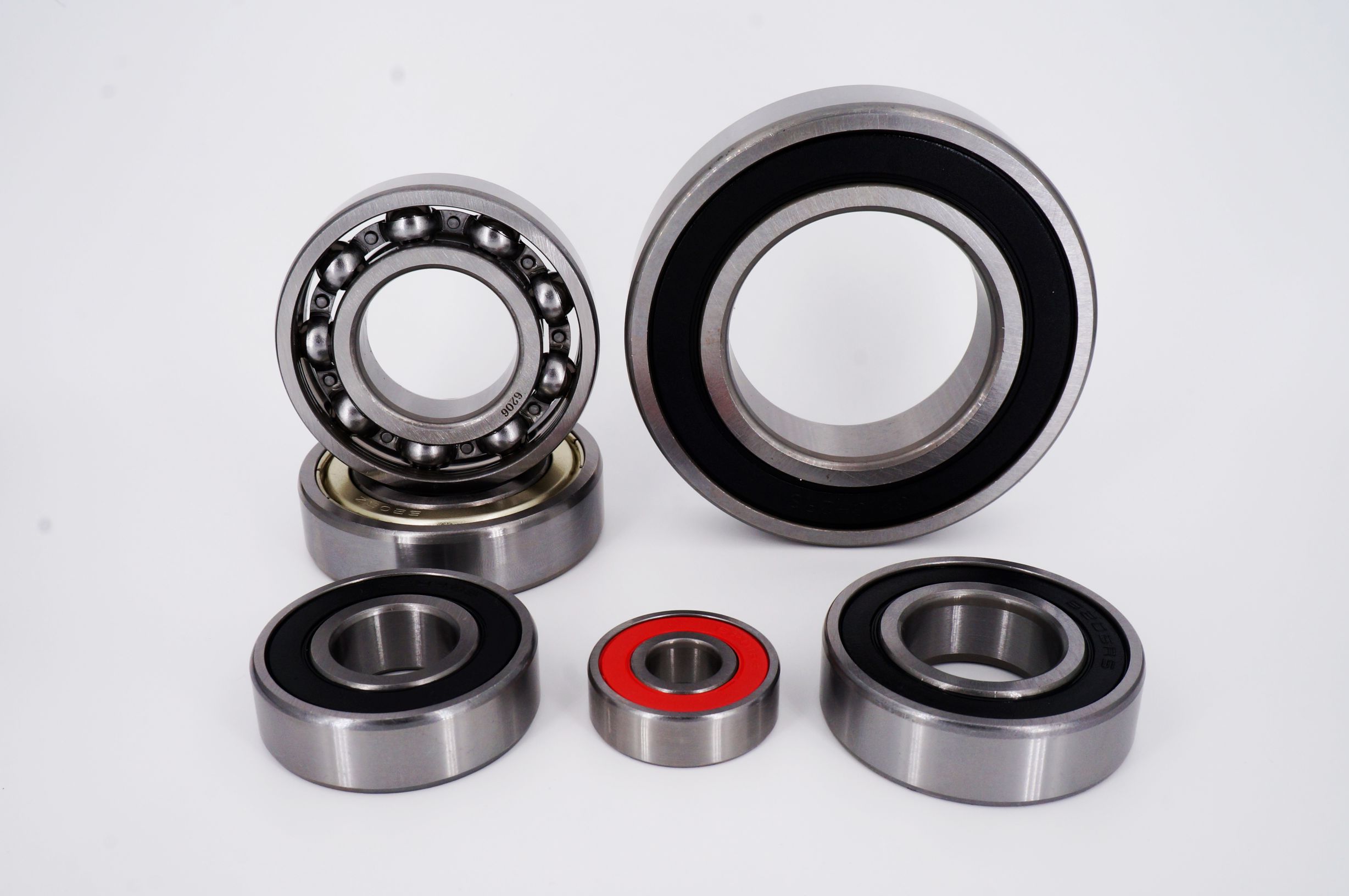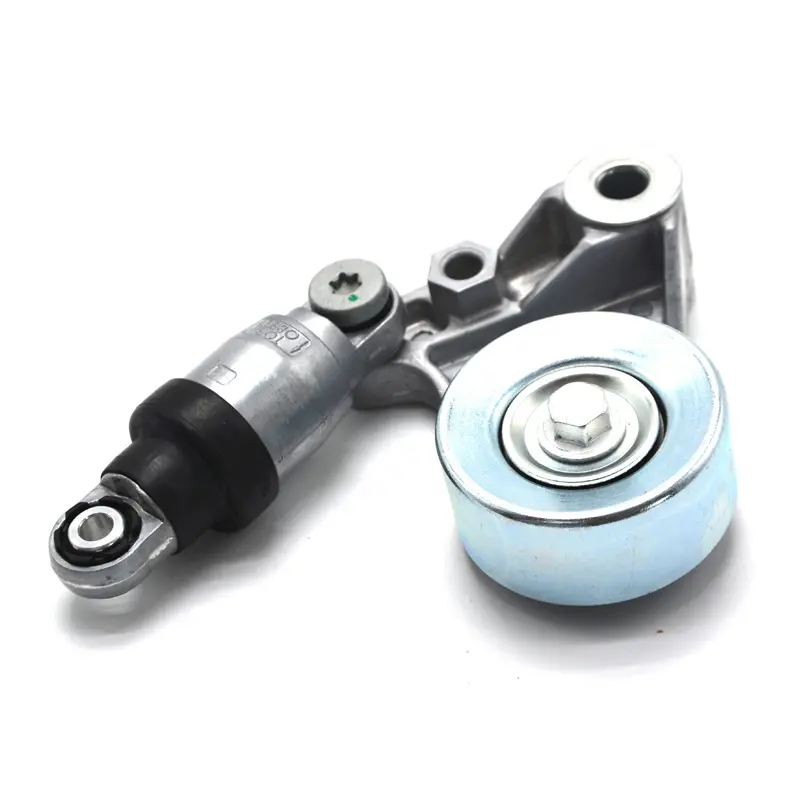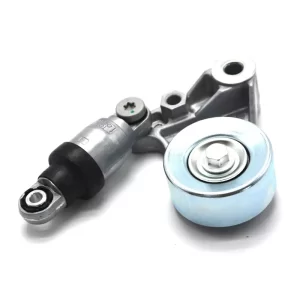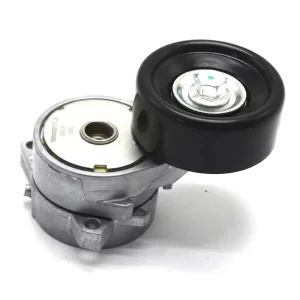Understanding Tensioner and Idler Pulleys: Key Components for Optimal Engine Performance
Tensioner and idler pulleys play indispensable roles in the effective management of both timing belts and accessory drive belts in automotive and industrial engines. These components are essential for ensuring smooth engine operation and extending the lifespan of the belt-driven systems.
Tensioner Pulleys
The tensioner pulley is crucial for maintaining the correct tension in the drive belt, which is fundamental for efficient power transfer and preventing problems such as belt slippage or premature wear. This component uses either a spring-loaded or hydraulic system to automatically adjust the tension as the belt undergoes stretch or contraction due to operational stresses. By constantly adjusting to the changes, the tensioner pulley helps maintain consistent performance and prolongs the lifespan of the belt and associated components.
Idler Pulleys
In contrast, idler pulleys do not actively adjust tension but serve to guide the belt around various engine components such as alternators, water pumps, and air conditioning compressors. Their primary role is to maintain proper belt alignment, which minimizes vibrations and reduces wear. By ensuring the belt remains properly aligned, idler pulleys help distribute tension evenly across the belt span, contributing to the smooth operation of the engine and preventing issues related to misalignment.
Both types of pulleys are engineered to withstand the demanding conditions of engine environments. They are built to endure high temperatures, continuous vibrations, and relentless rotational forces. The durability and reliability of these components are crucial for maintaining the performance and longevity of the engine’s belt-driven systems, underscoring their importance in modern mechanical and automotive engineering.
Installing Idler Pulleys: A Comprehensive Step-by-Step Guide
1. Preparation:
- Tool Assembly: Collect essential tools such as wrenches, sockets, a torque wrench, and possibly a pulley puller if needed. Having the right tools on hand will facilitate a smoother installation process.
- Manual Consultation: Refer to your vehicle’s service manual for detailed installation instructions, including diagrams and torque specifications. This ensures accuracy and helps avoid potential issues during installation.
2. Safety Measures:
- Battery Disconnection: To prevent accidental engine starts, disconnect the negative terminal of the battery. This step is crucial for your safety during the installation process.
- Engine Cooling: Allow the engine to cool completely before starting work. This prevents burns from hot components and ensures a safer working environment.
3. Belt Removal:
- Release Belt Tension: Use a wrench or a tensioner tool to relieve the tension on the serpentine or timing belt. Note the position of the tensioner and the force required for proper belt removal.
- Remove the Belt: Carefully slide the belt off the idler pulley and other pulleys. Take note of the belt routing to ensure accurate reinstallation later.
4. Removing the Old Idler Pulley:
- Locate and Remove Fasteners: Identify and remove the bolts or fasteners securing the old idler pulley. Keep these fasteners as they will be needed for the new installation.
- Remove the Pulley: If the old pulley is resistant, use a pulley puller to remove it gently. Avoid using excessive force to prevent damage to adjacent components.
5. Inspecting Components:
- Examine Belt and Pulleys: Inspect the belt for signs of wear, such as cracks or glazing. Check other pulleys for damage or excessive wear and replace any components that are in poor condition.
- Clean the Area: Thoroughly clean the mounting area to remove debris, dirt, or old lubricant. A clean surface ensures a secure installation of the new pulley.
6. Installing the New Idler Pulley:
- Position the Pulley: Align the new idler pulley with the mounting point, ensuring it matches the orientation of the old pulley. Proper alignment is essential for correct installation.
- Secure with Bolts: Insert and tighten the mounting bolts or fasteners. Use a torque wrench to apply the correct torque according to the manufacturer’s specifications. Avoid over-tightening, which could damage the pulley or mounting area.
7. Reinstalling the Belt:
- Follow Routing Diagram: Ensure the belt is positioned correctly over all pulleys, including the new idler pulley, according to the routing diagram. Accurate routing prevents misalignment and ensures proper belt function.
- Apply Proper Tension: Adjust the belt tension using the tensioner tool. For automatic tensioners, ensure they are functioning properly to maintain the correct tension.
8. Alignment Check:
- Verify Belt Seating: Confirm that the belt is correctly seated in all pulley grooves. Proper seating is crucial for preventing slipping and ensuring smooth operation.
- Ensure Smooth Rotation: Check that the idler pulley rotates smoothly without wobbling or resistance. This indicates correct installation and alignment.
9. Operational Testing:
- Reconnect Battery: Reconnect the negative battery terminal once installation is complete.
- Start Engine: Start the engine and observe the operation of the belt and idler pulley. Listen for any unusual noises such as squealing or rattling, which could indicate issues with installation or alignment.
- Check Belt Tracking: Ensure that the belt tracks correctly across all pulleys without slipping or derailing. Proper tracking is essential for the effective functioning of the belt drive system.
By following these detailed steps, you can achieve a precise and secure installation of the idler pulley, ensuring optimal performance and an extended lifespan for your vehicle’s belt drive system. Proper installation not only enhances the functionality of your engine but also contributes to the overall reliability and efficiency of your vehicle.

